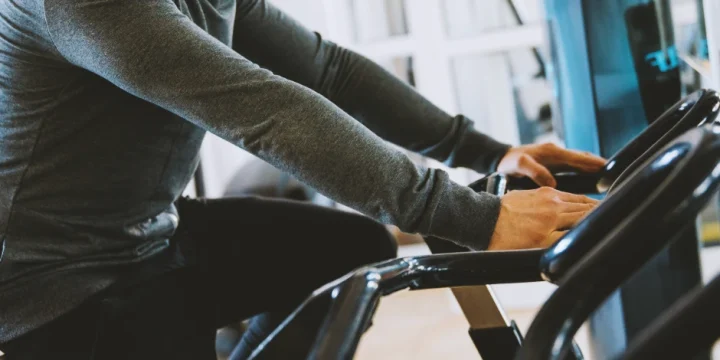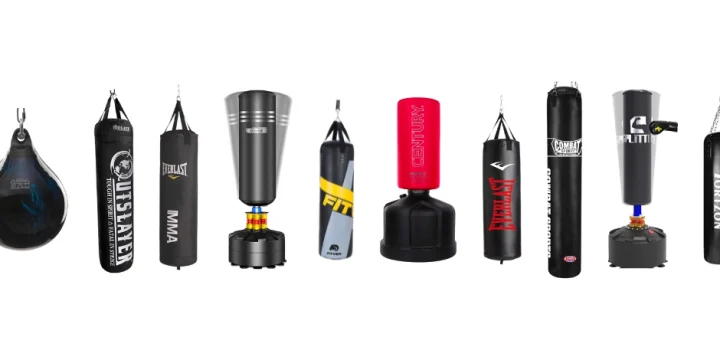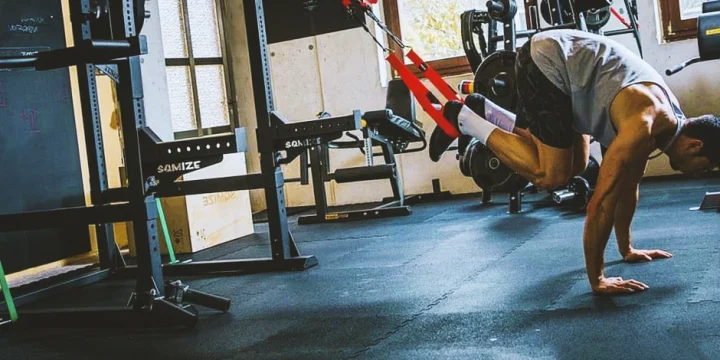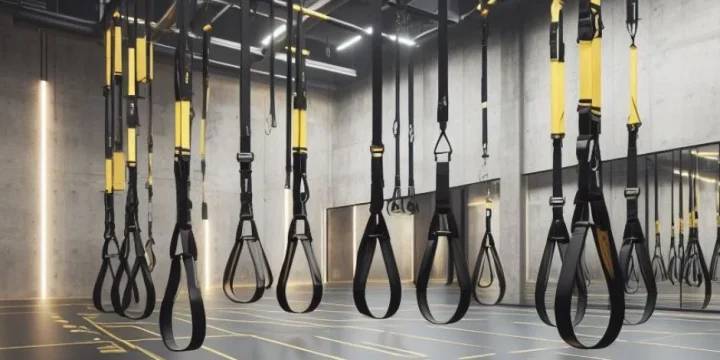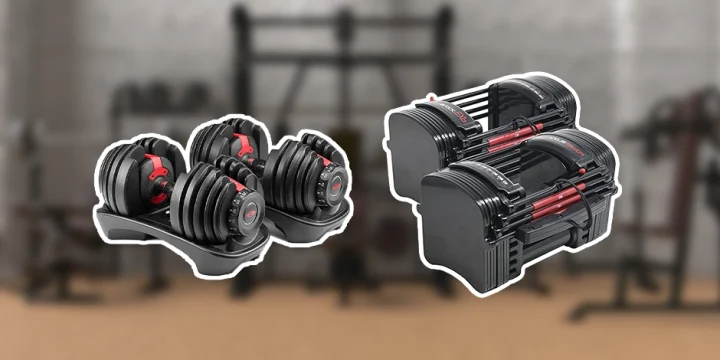A cable workout machine is a great alternative to using weights, and with the right kind of setup, you can target all muscle groups.
But what most owners of home gym exercise equipment don’t realize is that there’s a fair bit of maintenance involved to ensure the movement patterns of a gym cable stay smooth.
There are also important safety concerns if you don’t keep the cable connections tight on the weight stack.
So, I spent some time with the maintenance team at my gym to see how they handled this important process.
Quick Summary
How to Tighten a Cable on a Home Gym?

To tighten a cable on a home gym machine, you can follow these steps, which involve adjusting bolts and ensuring a secure fit in the pulley system.
Here are some general instructions for a cable machine:
- Step 1: Dig up those original fitness machine instructions before you start messing with weights or pulleys. Your machine might have some extra safety steps to consider.
- Step 2: Got a wrench for those hex bolts on the weight stack? If not, snag a versatile set from a hardware store. It's handy for other tweaks, too.
- Step 3: Yank out the pin that sets the weight plates. This makes moving the mechanism easier and spares you from lifting something heavy, avoiding any awkward twists and potential injuries.
- Step 4: Look for two adjustment bolts at the top of the weight stack. Here's where you tighten or loosen the cable. Need to swap out old parts? This is your spot.
- Step 5: Start by loosening the lower nut near the weights. Give it about half an inch of wiggle room. You're aiming to gradually tighten things up until it all feels snug.
- Step 6: Twist the top part of the bolt clockwise. You'll see it inch closer to the top weight. Still loose? Give steps 5 and 6 another go.
- Step 7: Feeling good about the tightness, with no slack? Test drive the machine with a light weight. Keep an eye on the moving bits, and if something's still iffy, tighten it up a bit more.
- Step 8: If the pulleys are still throwing a fit, you might be dealing with a faulty part. In that case, you might need to swap out the old cable, especially if you're a heavy-weight user.
Cable Machine Maintenance and Safety Tips

If you own a cable machine, then follow these safety tips.
The maintenance crew checks for these things once a week, and you should do the same if you spend a lot of time in your garage gym.
Regularly Check Screws And Bolts
The more you use gym machine cables and the heavier the load on them, the more likely it is that something will eventually come undone.
Grab a screwdriver and wrench and regularly check that everything is secure.
Check For Signs Of Wear
Eventually, a gym cable will start to stretch under constant use and weight. And the mechanism can also cause gradual damage to the wires.
In my professional practice, I've observed that even durable home gym equipment can show wear; hence, I always advocate for regular inspections.
Therefore, visually inspect cables for fraying, cracking, peeling, or discoloration, and ensure the jam nut on the selector rod top bolt is tight.
Pay Attention to Strange Noises
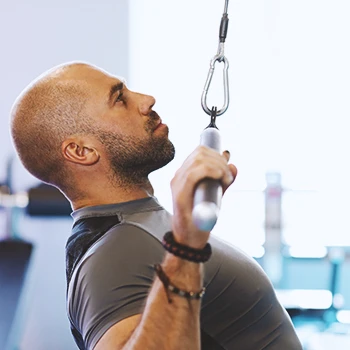
Drawing from my coaching experience, I advise not to ignore new clicking noises during workouts, as they can signal underlying issues.
It could be something as simple as a misaligned weight plate that you need to secure again.
But it could also be an indication of more serious wear.
Doing these exercises is supposed to help you avoid common injuries compared to working with free weights, according to a 2010 study published in the American Journal of Sports Medicine [1].
“The cable machine is going to force you to stay in much better control than a barbell, dumbbell or kettlebell would.”
- Lindsay Bennet, Certified Personal Trainer
Don’t Ignore Stuttering Resistance
The entire movement on a gym machine cable should be completely smooth.
That means you should feel the same resistance from start to finish during an exercise. If something doesn’t feel right, then it won’t be ideal for muscles and could lead to failure and injury.
In my career, I've encountered numerous cases where proper maintenance could have prevented injuries, emphasizing the importance of attentive equipment care.
Related Articles:
FAQs
Why Are The Cables On My Cable Machine Twisted?
The cables on your machine can become twisted when there is too much slack on them. This is a very dangerous thing to encounter as they can get stuck in the pulley system and cause sudden changes in resistance.
How Do You Adjust A Cable Machine?
You adjust a cable machine by modifying the nuts and bolts on the stack. You need to do this with minor changes and adjustments at a time, as you don’t want to overdo it. This can allow you to make it more effective and safe to train.
Regularly Make Weight Stack Safety Adjustments
One of the downsides of a home gym is that you don’t have access to a maintenance team that will keep everything working smoothly. And I can’t point this out enough – you have to be careful with maintenance to ensure you train safely.
One thing you should also consider is avoiding some of the cheap exercise products out there. If you invest in a high-quality Smith Machine, you shouldn’t run into trouble.
Our team has tested many of these products and assessed the maintenance efforts and safety features so that you can make a better decision.
References:
- https://pubmed.ncbi.nlm.nih.gov/20139328/
About The Author
You May Also Like
